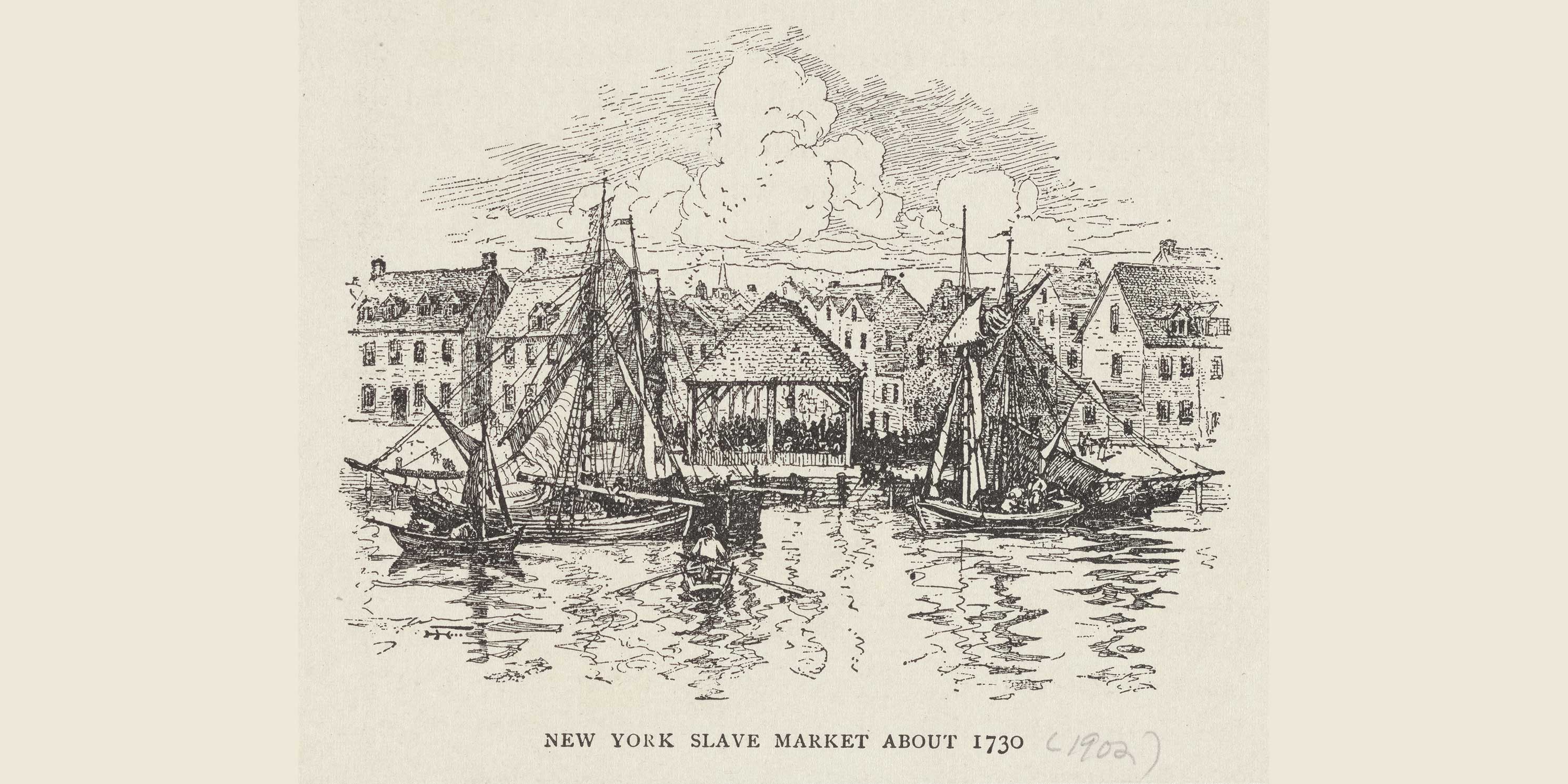2024 marks the 400th anniversary of Dutch settlers arriving in NYC. Slavery came to New York, then called New Amsterdam with the arrival of the first Dutch settlers. By the mid-18th century Brooklyn was the United States’ third largest economy. Integral to this boom was slavery.
I live in East Flatbush, Bklyn, an area settled by people from Amersfoort, The Netherlands. Intrigued by the Dutch names on street signs and plaques in this area, for the past two years, I have presented a walking tour, Dead, Dutch and Still Around. This was to draw attention to the number of Dutch settlers who are memorialized in death with these place names, and in some cases, renovations of their historic homes.
However, the thousands of Enslaved Africans who lived, toiled and died in this same part of New York, deserve recognition for the part they played in building our great city. No longer simply chattel, whose first name and age, are written in beautiful cursive, in the accounting ledgers of slaveholding men – the founders and builders of New York. The men heralded as great, who would withhold from these fellow human beings their right to equality, liberty, and the pursuit of happiness.
Therefore, as an offering I propose this webinar as a way to bring the Enslaved Africans of New York into the conversation on Jane’s Walk Day. A day to freely inquire about not just the built environment but the lives that are the foundation on which we stand.
virtual
Saturday, May 4, 202411:00 AM
1 hour
Borough: Brooklyn
Theme: Advocacy, History & Culture
Platform: On Zoom
Language: English
